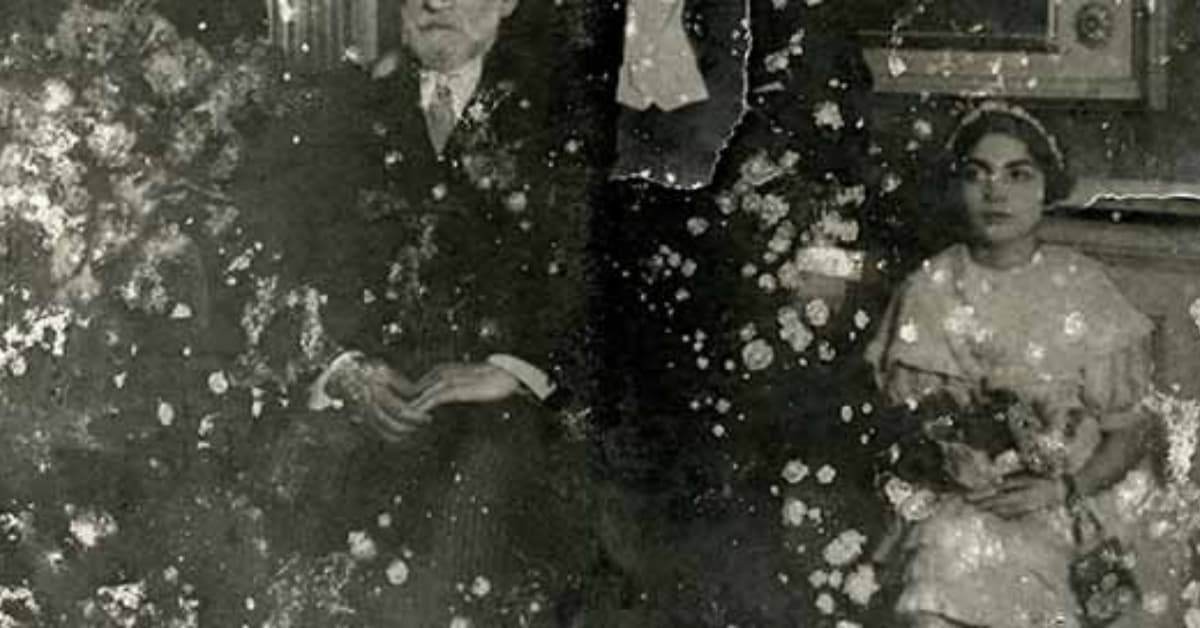Water damage can wreak havoc on our cherished possessions, and when it comes to irreplaceable memories captured in photographs, the impact can be particularly devastating. Whether it’s due to a leak, flood, or accidental spill, the consequences of water damage on photos can be heart-wrenching. However, there’s hope – the process of water damage photo restoration can breathe new life into these seemingly ruined snapshots.
What is Water Damage Photo Restoration?
Water damage photo restoration is a specialized process that involves salvaging and repairing photographs damaged by water. This could include anything from minor water spots to severe structural damage, such as tearing or warping. The goal is to return these photographs to their original state as much as possible, preserving the memories they capture.
The Importance of Quick Action:
Time is of the essence when it comes to water-damaged photos. The longer the images are exposed to moisture, the more difficult the restoration process becomes. Mold and mildew can quickly set in, exacerbating the damage. Therefore, it’s crucial to initiate the restoration process as soon as possible.
The Water Damage Photo Restoration Process
Embarking on the journey of water damage photo restoration is akin to breathing life back into cherished memories. In the intricate dance of restoration, a meticulous process unfolds to revive photographs affected by the unforgiving touch of water.
Assessment:
The first step in the restoration process is a thorough assessment of the extent of the damage. Professionals carefully examine each photograph to determine the necessary steps for restoration.
Drying:
The drying process is critical to prevent further damage. Specialized equipment is used to carefully dry each photo without causing additional harm. This step helps halt the progression of water-induced issues.
Cleaning:
After drying, the photos undergo a meticulous cleaning process. This involves removing any dirt, debris, or contaminants that may have adhered to the surface during the water exposure.
Restoration and Enhancement:
Skilled technicians then work to restore the photo’s appearance. This may involve repairing tears, smoothing out wrinkles, and addressing color distortions. Advanced digital techniques are often employed to enhance image quality.
Quality Check:
Before returning the restored photos to their owners, a final quality check ensures that each image meets high restoration standards. This step involves a side-by-side comparison with the original to guarantee accuracy.
FAQs
Can water-damaged photos be restored at home?
While there are DIY methods available, professional restoration services are recommended for significant water damage. They have the expertise and equipment to ensure a thorough and effective restoration process.
How soon should I start the restoration process after water damage occurs?
It’s best to initiate the restoration process as soon as possible. The longer the photos are exposed to moisture, the more challenging the restoration becomes, and the risk of irreversible damage increases.
Are all water-damaged photos salvageable?
In many cases, even severely damaged photos can be partially or fully restored by professional services. However, the success of restoration depends on factors such as the extent of the damage and the type of photograph.
How much does water damage photo restoration typically cost?
The cost varies depending on the extent of the damage and the number of photos requiring restoration. It’s advisable to obtain a quote from a reputable restoration service after they assess the condition of your photos.
Conclusion
Water damage to photos can be disheartening, but with timely and professional intervention, these memories can often be restored to their former glory. The key is to act quickly, entrusting the restoration process to skilled professionals who understand the delicate nature of the task. With the right care, your water-damaged photos can once again become cherished keepsakes for generations to come.
This page was last edited on 25 February 2024, at 11:58 am
